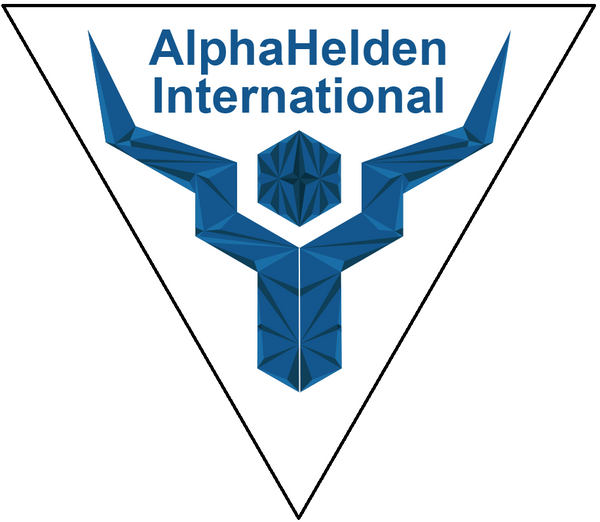
Fast Charging vs. Battery Swapping: The Future of EV Range Solutions
Share
In China, EV range anxiety is primarily addressed through fast charging and battery swapping. Each has advantages and limitations, but which will dominate?
Fast Charging: Speed with Trade-offs
- BYD’s megawatt flash charging: 400 km in 5 minutes, as fast as refueling.
- Tesla V4 Supercharger: 168 km in 5 minutes.
- Porsche Taycan (800V system): 80% charge in 22.5 minutes.
- Beijing Mercedes-Benz & BMW Brilliance's "E-AnQi": 600kW liquid-cooled ultra-fast charging network.
 Challenges:
Challenges:
- Battery lifespan: Frequent fast charging can reduce lifespan by 15-20% due to heat.
- Grid strain: Peak demand from supercharging stations requires grid upgrades.

Battery Swapping: Efficiency vs. Cost
- NIO’s battery swap stations (2,500+ in China) enable a full charge in minutes, ideal for high-usage fleets.
- Extended battery life & cost savings through centralized battery management.
 Challenges:
Challenges:
- High infrastructure cost: Over $400,000 per station, with high maintenance expenses.
- Standardization issues: Different brands use incompatible battery designs.

Conclusion
- Private EVs: Fast charging + home charging is the best option.
- Long-distance travel: Ultra-fast charging networks are key.
- Fleet Vehicles: Battery swapping offers greater efficiency. like taxis and delivery vehicles, increasing daily operation by 1.5 hours, boosting annual revenue by $3,000+.
Ultimately, both technologies will coexist, catering to different EV needs. 🚗⚡
